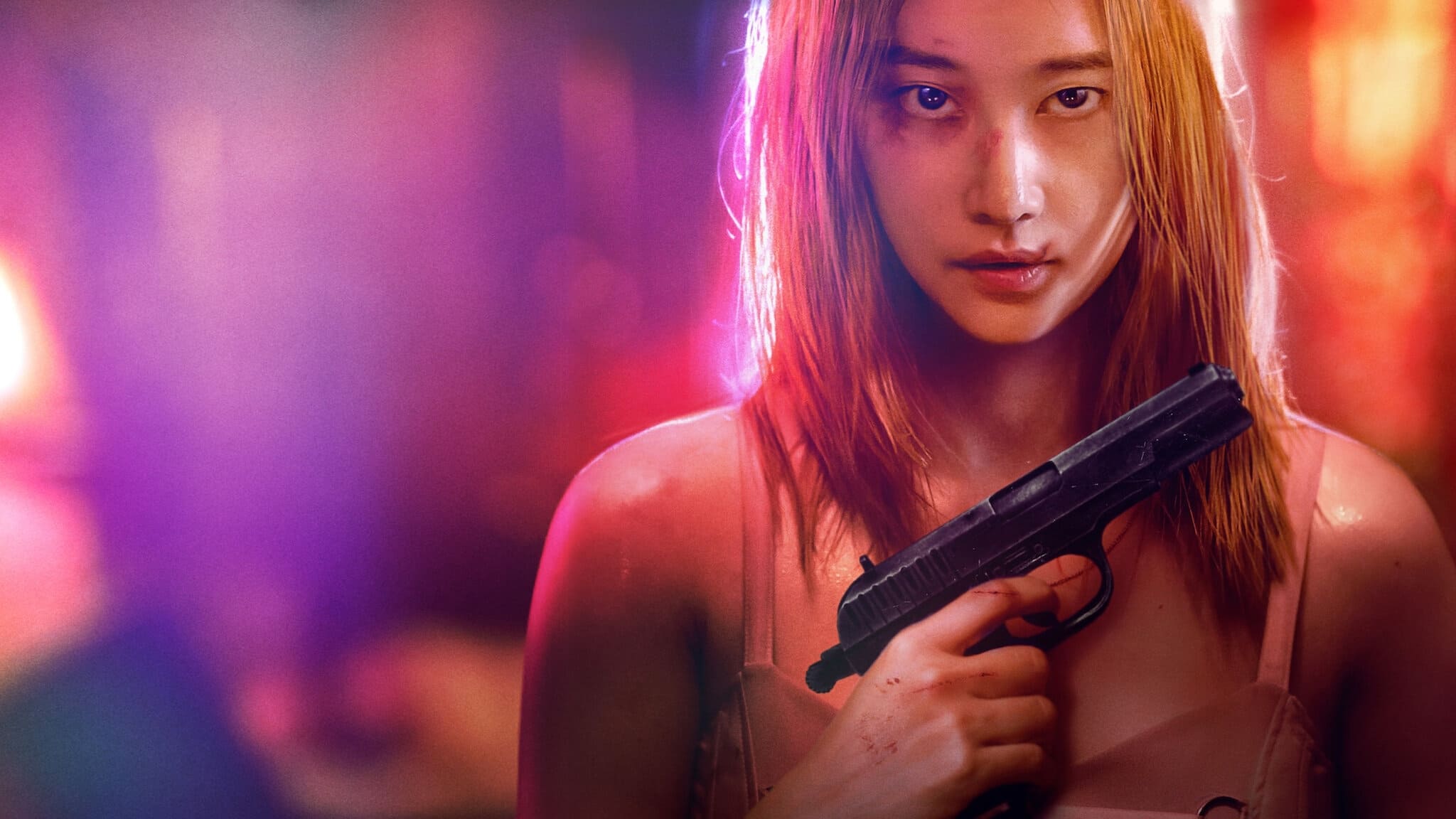Pulp fiction movie posters are not just marketing tools; they are vibrant pieces of art that capture the essence of a genre steeped in sensational storytelling and bold graphics. Originating in the mid-20th century, these posters have become iconic representations of a cultural phenomenon that blends crime, intrigue, and fantasy. In this article, we will delve into the artistry of pulp fiction movie posters, their historical significance, stylistic elements, and lasting impact on contemporary design.
The Historical Context of Pulp Fiction
The term “pulp fiction” refers to a genre of popular literature that emerged in the early 20th century, characterized by its sensational content and printed on cheap, low-quality paper—hence the name “pulp.” This genre gained immense popularity through magazines and novels that featured thrilling tales of adventure, crime, and romance.
In the 1930s and 1940s, the pulp fiction craze transitioned into cinema, leading to the production of films that embraced these sensational themes. Pulp fiction movie posters became essential in marketing these films, utilizing eye-catching graphics and bold typography to attract audiences. As the genre evolved, so did the artistry of the posters, which often reflected the cultural zeitgeist of the times.
The Artistic Elements of Pulp Fiction Posters

Pulp fiction movie posters are characterized by several distinct artistic elements that set them apart from traditional film posters. These elements include:
- Bold Colors: Bright, saturated colors are a hallmark of pulp fiction posters, designed to grab attention and convey the film’s tone.
- Dramatic Imagery: Posters often feature exaggerated action scenes or provocative characters, encapsulating the film’s essence in a single image.
- Dynamic Typography: Fonts used in pulp posters are typically bold and stylized, often incorporating dramatic flourishes to match the visual intensity of the imagery.
- Collage Techniques: Many posters employ collage techniques, combining various elements to create a sense of chaos and excitement that mirrors the narrative style of pulp fiction.
Case Studies in Pulp Fiction Poster Art

Several iconic pulp fiction movie posters exemplify the artistry and cultural significance of this genre. Below are notable examples that have left a lasting impact:
1. “The Big Sleep” (1946)

The poster for “The Big Sleep,” starring Humphrey Bogart and Lauren Bacall, is a quintessential example of noir aesthetics. The use of shadow and light creates a sense of mystery, while the dramatic poses of the characters suggest tension and intrigue. The bold typography and striking color palette draw viewers in, perfectly encapsulating the film’s themes of deception and danger.
2. “Psycho” (1960)

Alfred Hitchcock’s “Psycho” is celebrated for its groundbreaking storytelling and suspense. The film’s poster, featuring a stark black-and-white design with the iconic image of a screaming woman, effectively captures the horror genre’s essence. The minimalist approach combined with bold, contrasting colors creates a striking visual that has become emblematic of psychological thrillers.
3. “Sin City” (2005)
Based on Frank Miller’s graphic novels, “Sin City” pays homage to the pulp genre through its stylized poster. The use of high contrast black and white, alongside splashes of color, creates a gritty, comic-book feel. The poster’s design reflects the film’s narrative style, which is heavily influenced by pulp fiction aesthetics, making it a modern interpretation of the genre.
The Cultural Impact of Pulp Fiction Posters

Pulp fiction movie posters have transcended their original purpose as mere promotional materials. They have evolved into collectible art pieces, influencing various aspects of popular culture:
- Art Collecting: Original pulp posters are sought after by collectors and can fetch high prices at auctions, showcasing their lasting value in the art market.
- Graphic Design: Contemporary graphic designers often draw inspiration from pulp aesthetics, incorporating bold colors, unique typography, and dynamic compositions into their work.
- Film References: Many modern filmmakers pay homage to pulp fiction through poster designs that mimic the style, creating a sense of nostalgia and connection to the genre.
The Revival of Pulp Aesthetics in Modern Media

The resurgence of interest in vintage aesthetics has led to a revival of pulp fiction styles in various forms of media. From independent films to mainstream productions, the influence of pulp posters is evident:
- Film Festivals: Independent films often embrace pulp aesthetics, using striking poster designs to attract niche audiences at festivals.
- Merchandising: Pulp-inspired art is frequently used in merchandise, from T-shirts to limited edition prints, appealing to fans of the genre.
- Digital Platforms: Streaming services and online platforms use vintage-style posters to promote classic films, drawing in viewers with a sense of nostalgia.
The artistry of pulp fiction movie posters is a fascinating intersection of graphic design, cultural commentary, and marketing savvy. From their vibrant colors and dynamic imagery to their lasting influence on contemporary art and design, these posters represent more than just a bygone era of cinema; they are a testament to the enduring appeal of storytelling through visual art. As we continue to explore and celebrate the legacy of pulp fiction, we recognize the significance of these posters as iconic artifacts that reflect our collective imagination.
In summary, the iconic artistry of pulp fiction movie posters remains a vibrant and influential aspect of film history and visual culture. Their ability to captivate audiences and inspire future generations of artists ensures that the legacy of pulp fiction will persist for years to come.


